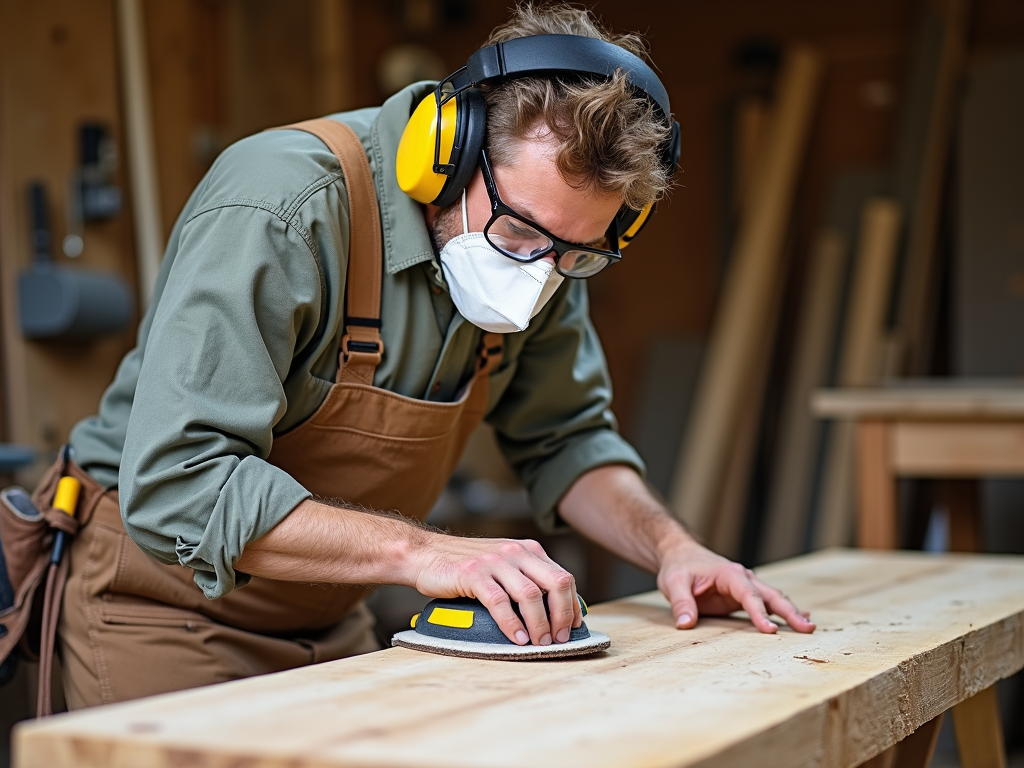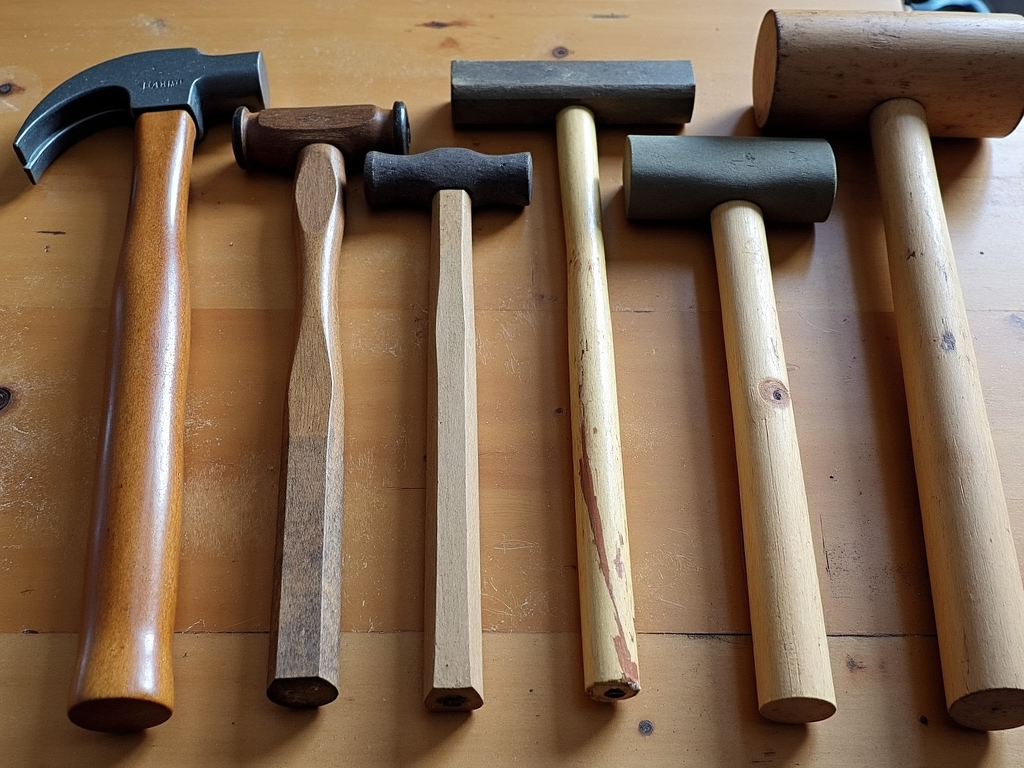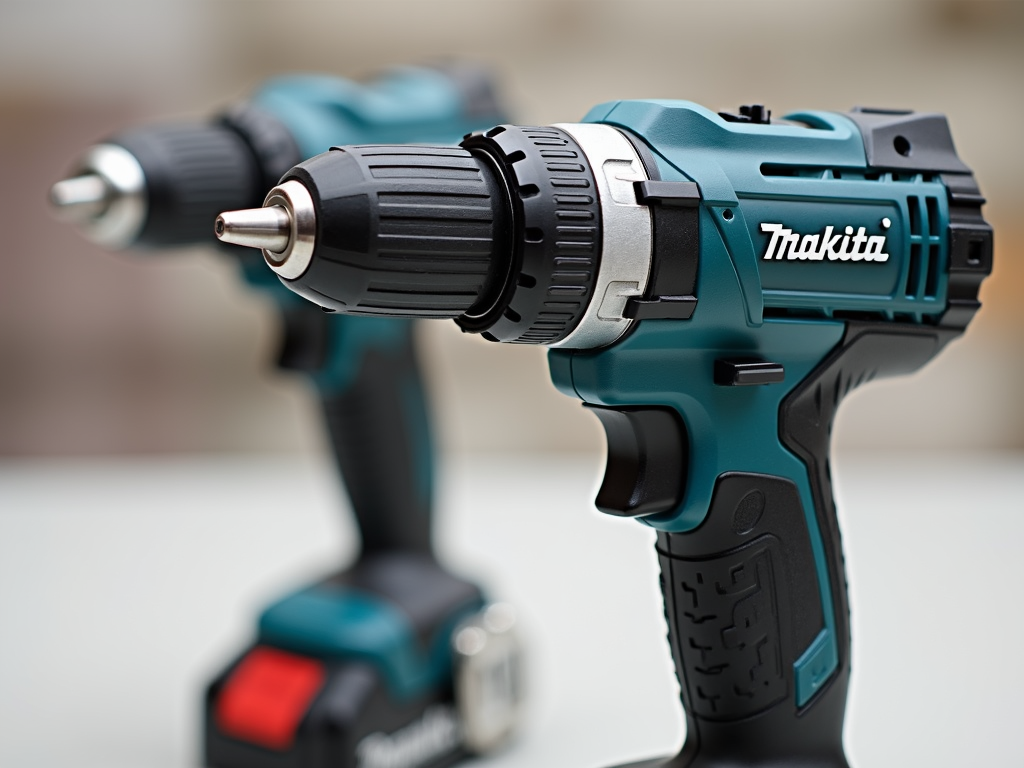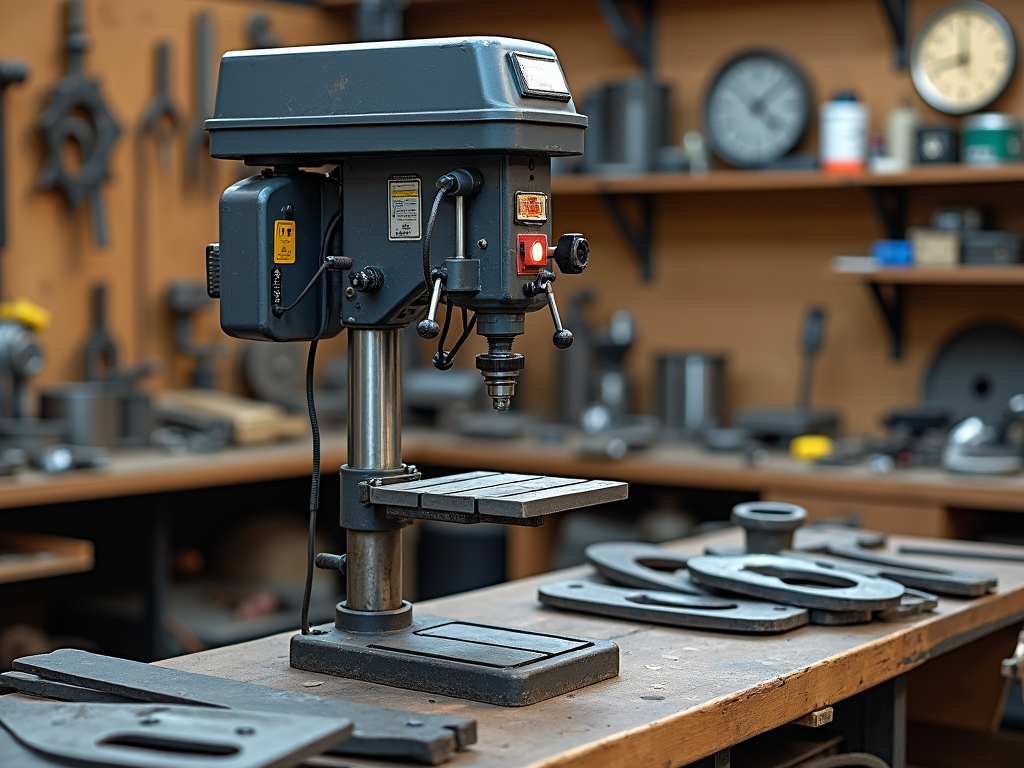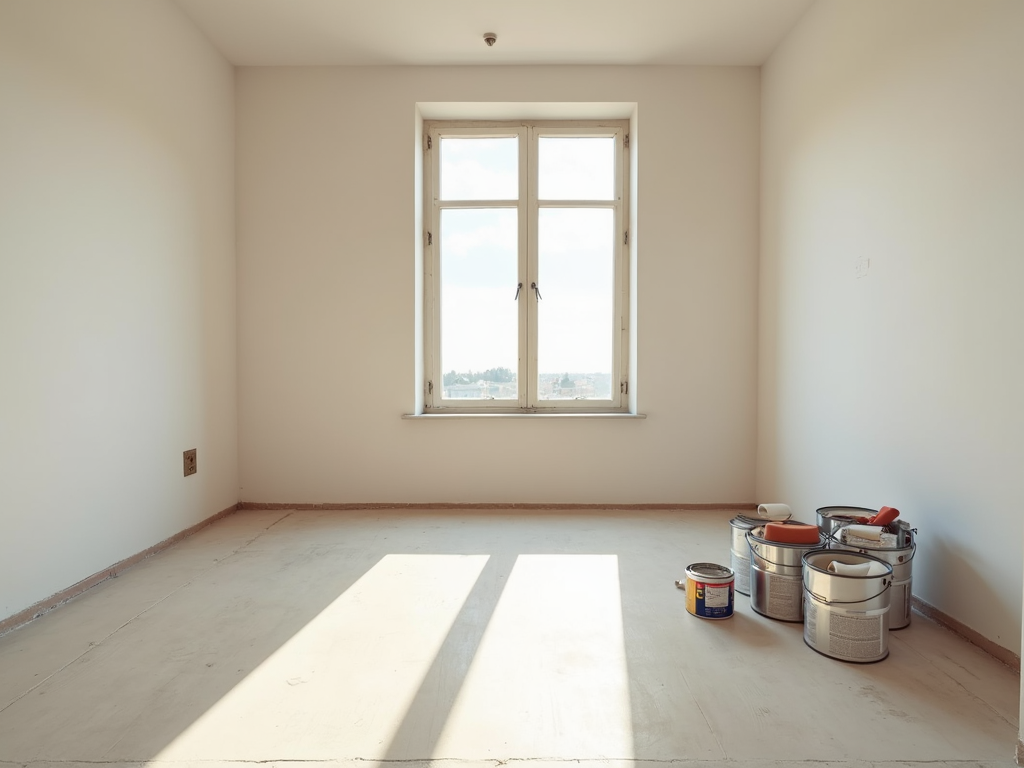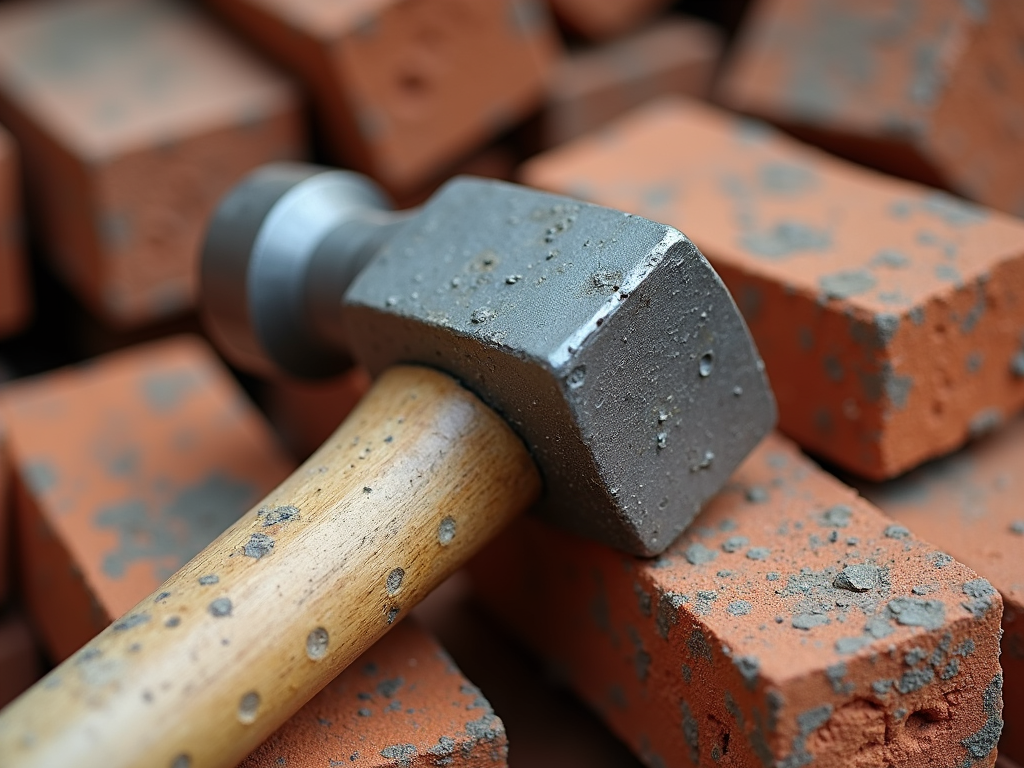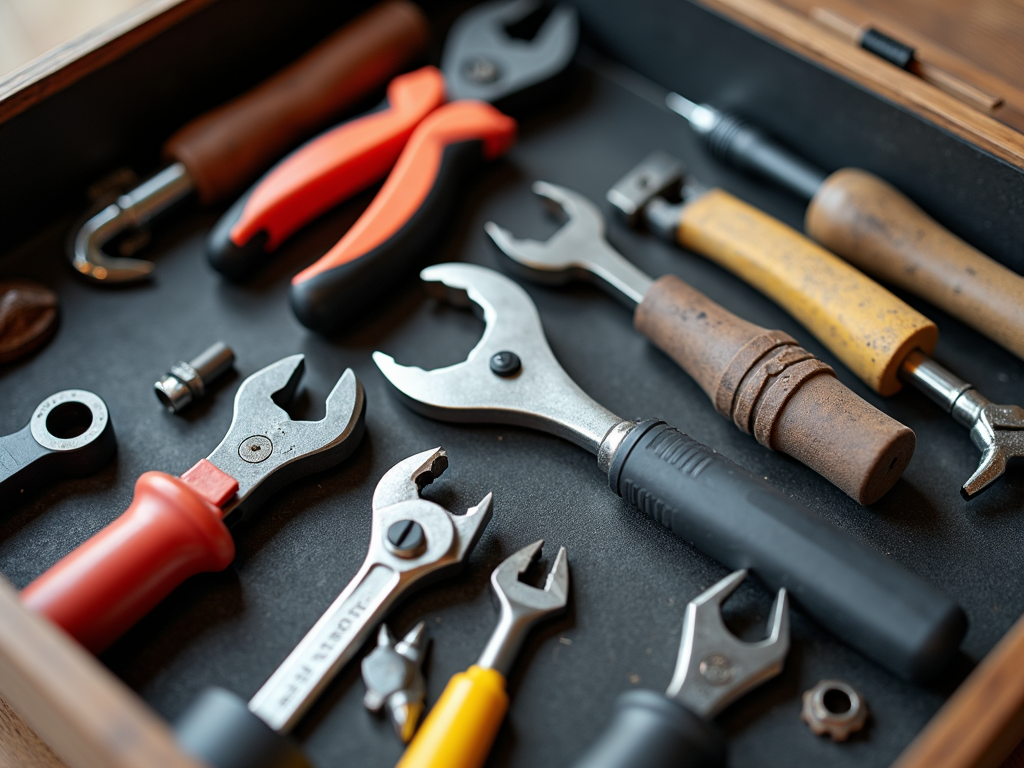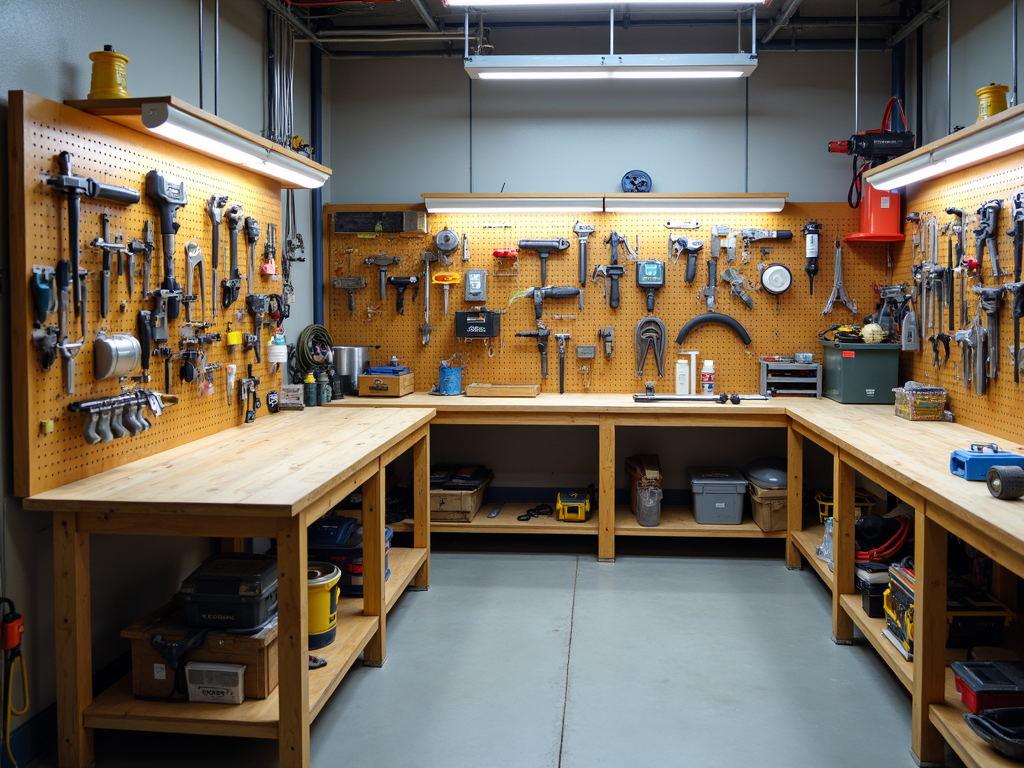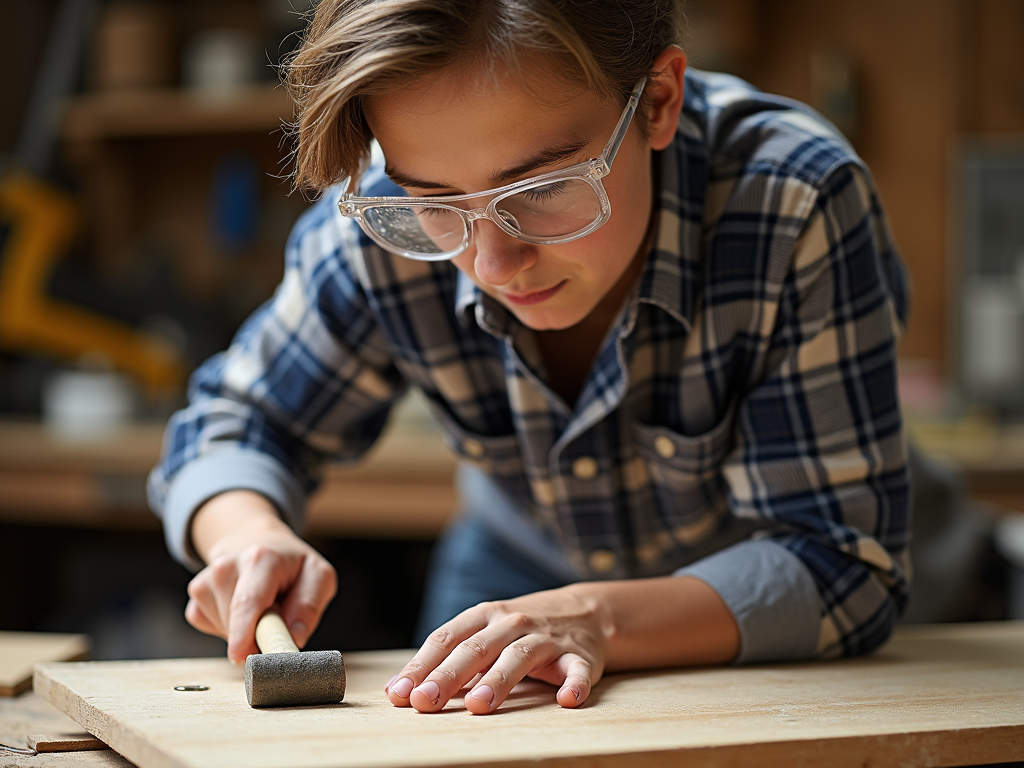Overview
DIY projects are a fantastic way to unleash your creativity and tackle home tasks yourself. But here’s the thing—safety comes first. Whether you’re fixing a shelf or painting a room, knowing basic safety tips can prevent accidents and make your experience fun. This guide shares essential DIY safety tips every beginner should know to get you started right.
Why DIY Safety Matters
Diving into DIY means working with tools and materials that can be risky if mishandled. Safety isn’t just about avoiding cuts or bruises—it’s about finishing your project with pride and no regrets. The Consumer Product Safety Commission notes thousands of DIY injuries happen yearly, often because simple precautions were skipped. Let’s change that with smart habits.
Think of safety as your project’s foundation. A wobbly start can ruin everything. Beginners especially need to prioritize this because you’re still learning the ropes. With the right approach, you’ll protect yourself and boost your confidence for every task ahead.
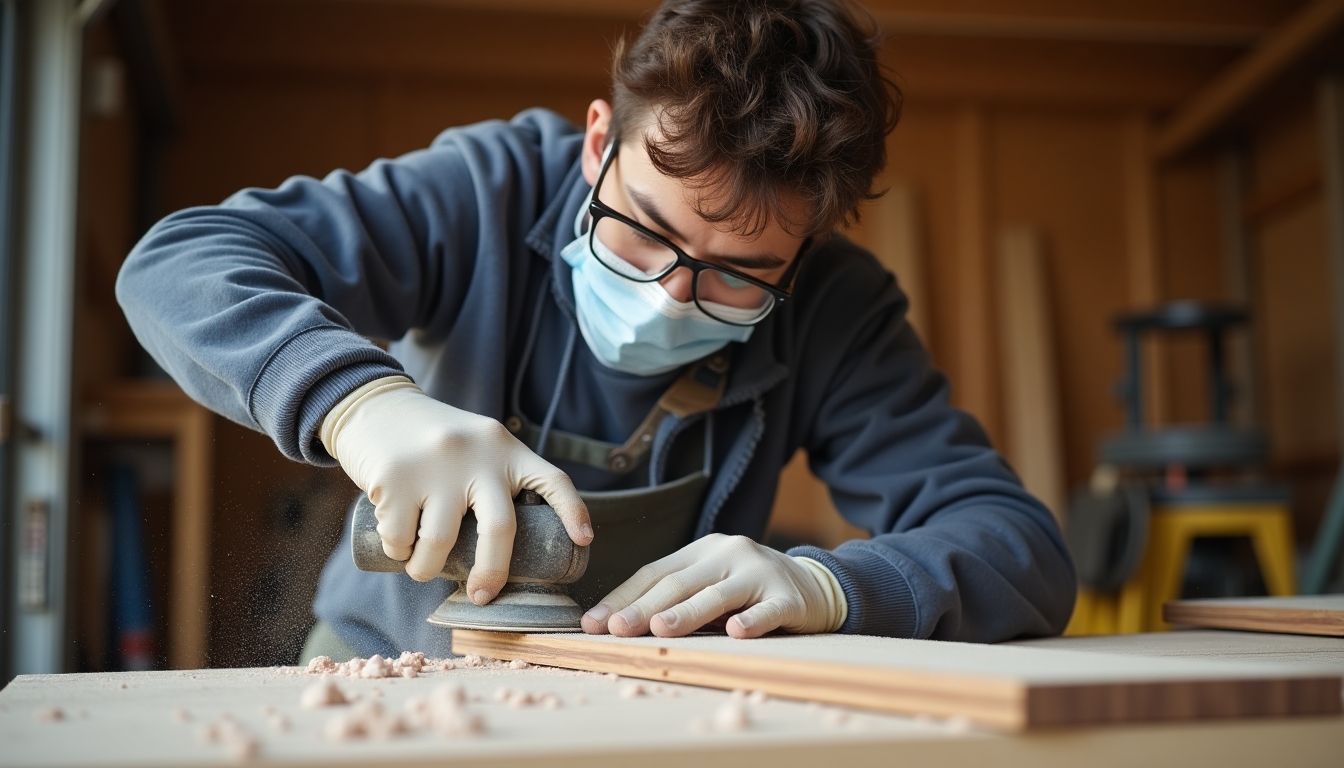
Must-Have Safety Gear
Before you pick up a hammer, gear up. Here’s what you need:
- Safety Glasses: Keep dust and debris out of your eyes.
- Gloves: Protect your hands from sharp edges and chemicals.
- Ear Protection: Use earplugs with loud tools like drills.
- Dust Masks: Breathe easy when sanding or painting.
- Fitted Clothing: Skip baggy shirts that can snag on tools.
Good gear doesn’t have to be fancy—just reliable.
I once saw a friend skip gloves while sanding, only to get a nasty splinter. It’s a small thing, but it stopped his project cold. Spend a few bucks on quality safety items—it’s worth it for peace of mind and uninterrupted work.
Using Tools Safely
Tools are your DIY best friends, but only if you treat them right. Start with workman tools for beginners like hammers, screwdrivers, and a tape measure. These basics are perfect for learning safe habits before moving to power tools.
Here’s how to stay safe:
- Pick the Right Tool: Don’t use a screwdriver as a pry bar—it’s asking for trouble.
- Check Condition: Dull blades or frayed cords mean accidents waiting to happen.
- Learn First: Watch a quick video or read the manual before starting.
- Unplug Power Tools: Always disconnect them when you’re done.
A well-kept toolbox keeps your workman tools ready and safe.
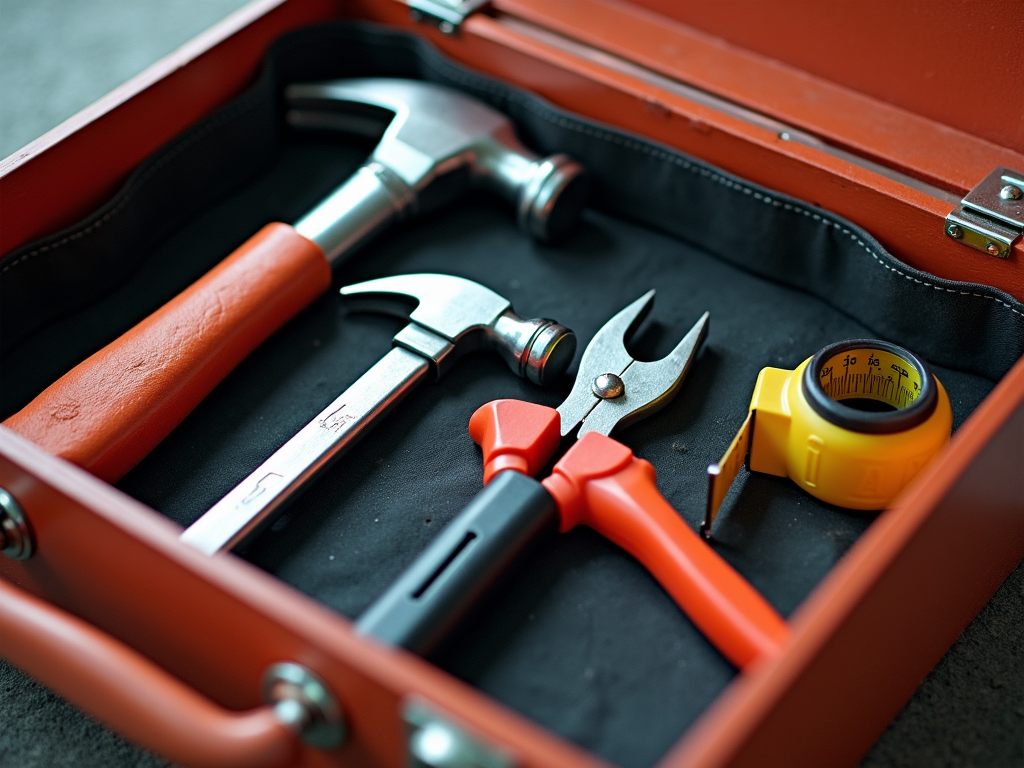
One time, I rushed to use a drill without checking its bit. It slipped, denting my project. Taking a moment to inspect your tools saves time and frustration later. Trust me—it’s a lesson worth learning early.
Setting Up a Safe Workspace
Your workspace sets the stage for success. Good lighting helps you see every detail—no squinting or guessing. Open a window or use a fan if you’re painting or gluing—fresh air keeps you sharp.
Keep it organized too. Toolboxes are great for storing workman tools neatly. A clear work surface means no tripping over screws or knocking over paint cans. A tidy space isn’t just safer—it feels better to work in.
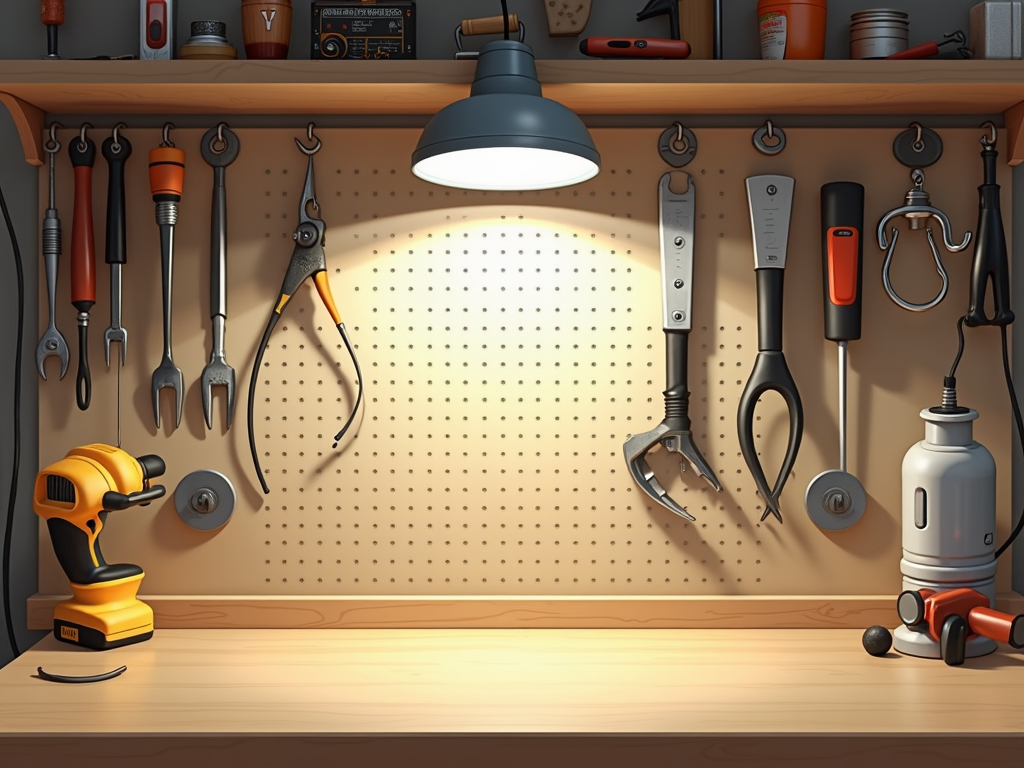
I used to work in a cluttered corner, stepping over stuff to reach my tools. Once, I tripped and nearly dropped a saw. Now, I clear everything before starting—it’s a game-changer for focus and safety.
Avoiding Common DIY Mistakes
Beginners mess up—it’s part of learning. But some slip-ups can hurt. Here’s what to watch out for:
- Ignoring Instructions: Read the guide or watch a tutorial first.
- Rushing: Slow down; mistakes happen when you hurry.
- Wrong Tool Use: Don’t force a tool to do something it’s not meant for.
- Skipping Gear: Even quick jobs need safety stuff.
These are easy fixes with big payoffs.
I’ve been guilty of skipping steps to save time, like not wearing glasses for a ‘fast’ cut. A speck of dust in my eye taught me otherwise. Stick to the DIY safety tips every beginner should know—they’re there for a reason.
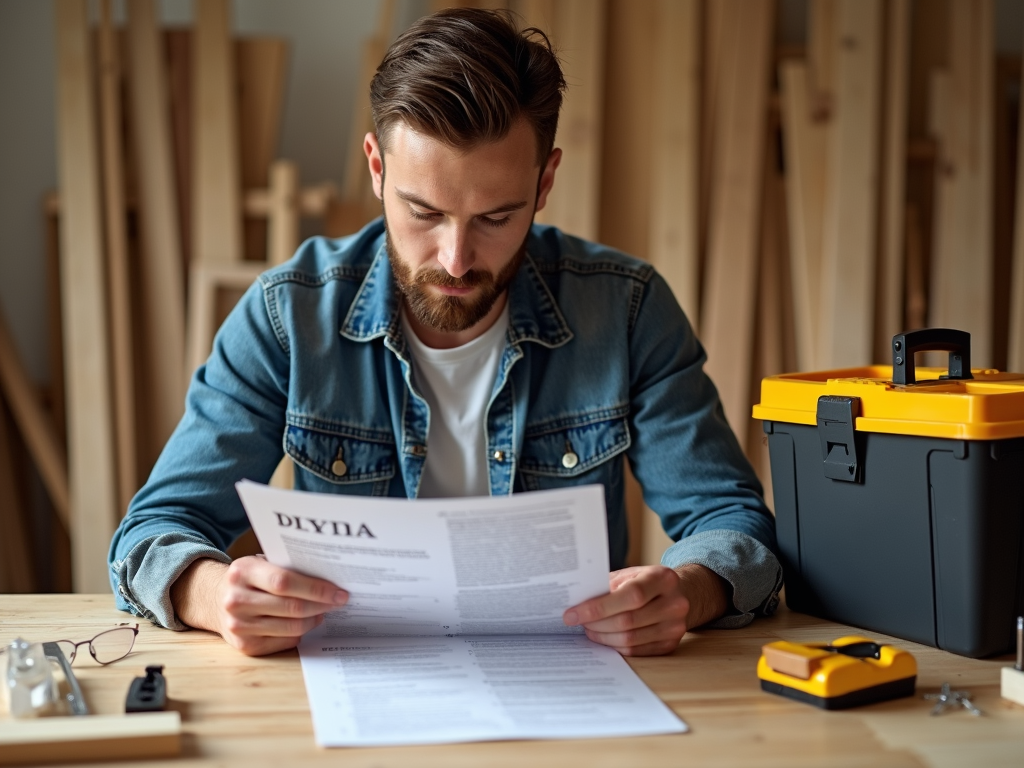
Be Ready for Emergencies
Accidents can sneak up, even with care. Keep a first aid kit close—bandages, antiseptic, and burn cream are musts. Learn basics like cleaning a cut or soothing a burn; it’s simple and quick to pick up.
Have emergency numbers handy—your doctor, poison control, or 911. If you’re near flammable stuff, get a small fire extinguisher and know how to use it. The Red Cross has great first aid tips online—check them out.
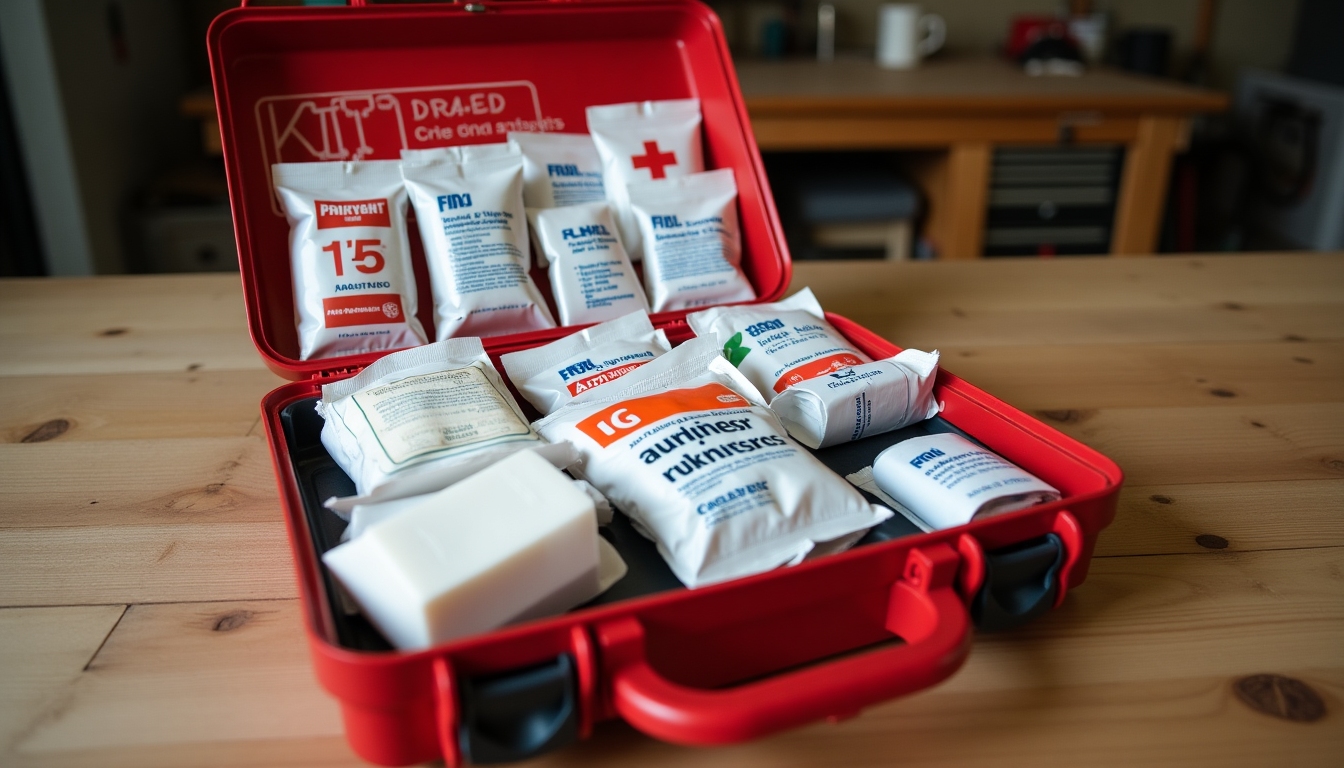
Once, I nicked my finger with a utility knife. Having a kit nearby meant I could patch up fast and keep going. Being prepared turns a scare into a minor hiccup—don’t skip this step.
Building a Safety Mindset
Safety isn’t just gear or rules—it’s a way of thinking. Double-check your setup before you start. Don’t cut corners, even if you’re tired. Experts say most DIY mishaps come from rushing or overconfidence—stay mindful instead.
Picture this: you’re almost done, but the ladder wobbles. Stop and fix it—don’t risk a fall. That extra minute can save you weeks of recovery. A safety-first attitude grows with every project you tackle.
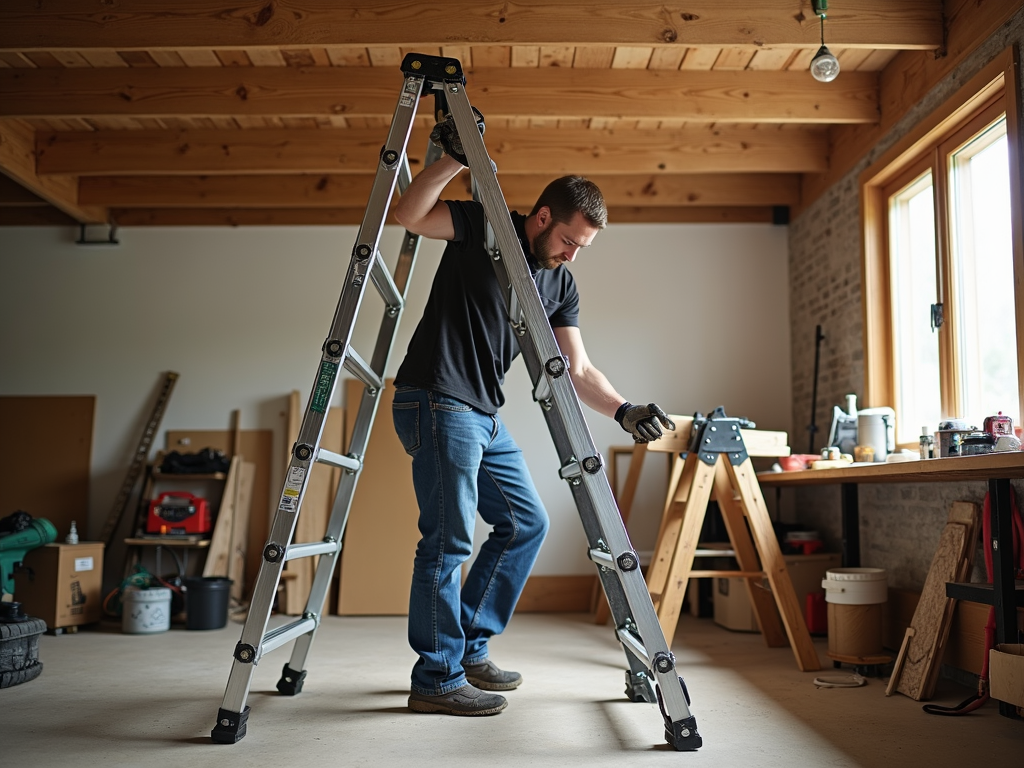
Summary
DIY is all about creativity and skill, but safety makes it possible. Wear the right gear, use workman tools for beginners wisely, keep your workspace clean, avoid rookie mistakes, and prep for emergencies. Follow these DIY safety tips every beginner should know, and you’ll thrive in every project. Stay safe, have fun!
Related DIY Safety Tips Every Beginner Should Know:
- Beginner’s Guide to Woodworking Safety
- Mastering Automation: A Deep Dive into Advanced Electrical Tools
- Choosing the Perfect Hammer for Every Job: A Comprehensive Guide
- Top Innovative Electrical Tools for 2023: A Comprehensive Guide
- The Ultimate Guide to Safety Gear for Construction Workers
- Mastering the Drill Press: Techniques for Better Precision
- How to Prep Your Room for a Perfect Paint Job
- Essential Construction Tools for Masonry Work: A Comprehensive Guide
- How to Choose the Right Power Drill for Your Projects
- Tool Care Basics: Essential Tips to Keep Your Gear Like New
- Top 10 Must-Have Tools for Every Workshop
- A Beginner's Guide to Workman Tools: Essentials, Toolboxes, and Safety Tips
